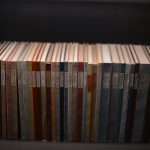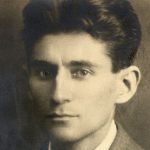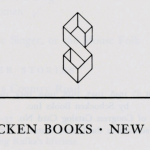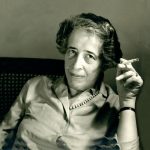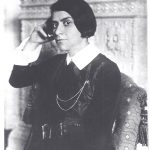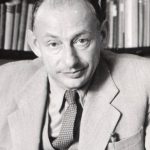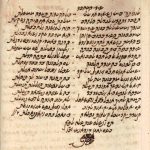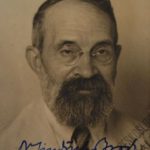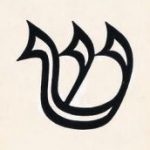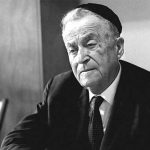
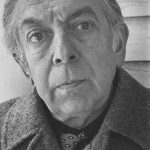
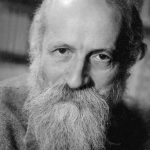
A Jewish Renaissance
Schocken’s ongoing pursuit of a Jewish identity was based on a judicious attempt to combine traditional Jewish lore with modern European values. Ever since he started focusing his intellectual energies on Jewish affairs, Schocken was determined to re-discover, and proactively facilitate, a secular and cultural Jewish heritage, distinct from orthodox religious dogma. Schocken believed that the forces that will usher this renaissance were literature, philosophy, and language.
Schocken’s interest in Jewish literary renaissance arose shortly after World War I, when he read medieval Spanish-Hebrew poetry, translated and narrated by Moritz Steinschneider. This monumental work made a largely forgotten body of Jewish culture, a thousand years old, accessible to contemporary German readers. Schocken was intrigued to learn that medieval Jewish scholars played a critical role in introducing Greek and Arabic culture into Europe. Coming from a completely different direction, Schocken was equally impressed by recent revivals of the medieval Germanic epic, The Nibelungenlied, and its publication in modern editions.
Starting in the 1920s, Schocken devoted much of his time and wealth to finding his own “Jewish Nibelungenlied.” Working with the scholars and writers he supported, he sought to discover hidden literary Jewish treasures and to popularize them among contemporary readers. An early example of this life-long pursuit was an anthology of Hasidic tales, titled The Jewish Reader, edited by Martin Buber and S.Y. Agnon. Later examples include the acquisition, editing and publication of the Cairo Genizah, a collection of manuscripts describing a millenium of Jewish life in the Middle East and North Africa. These manuscripts became the foundation of the Schocken Institute for Hebrew Poetry, which focused mostly on reviving medieval Jewish-Andalusian literature.
Did Schocken succeed in bringing upon a Jewish literary renaissance? During the millenium leading up to the 20th century, Jewish heritage was mostly ignored and forgotten by western culture. Following the revival work of the scholars that Schocken mentored and guided – Agnon, Buber, Glatzer, Strauss, Brody, Scholem, and many others – Jewish heritage became once again part and parcel of European culture. The remarkable search for a secular Jewish identity and cultural rebirth that took place in pre-war Europe paved the way to the tremendous popularity of Jewish-American and Israeli writers after World War II.
